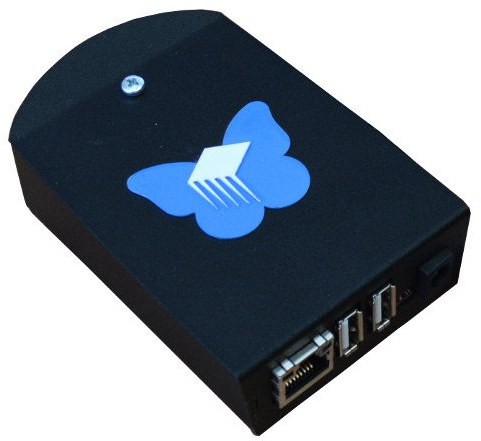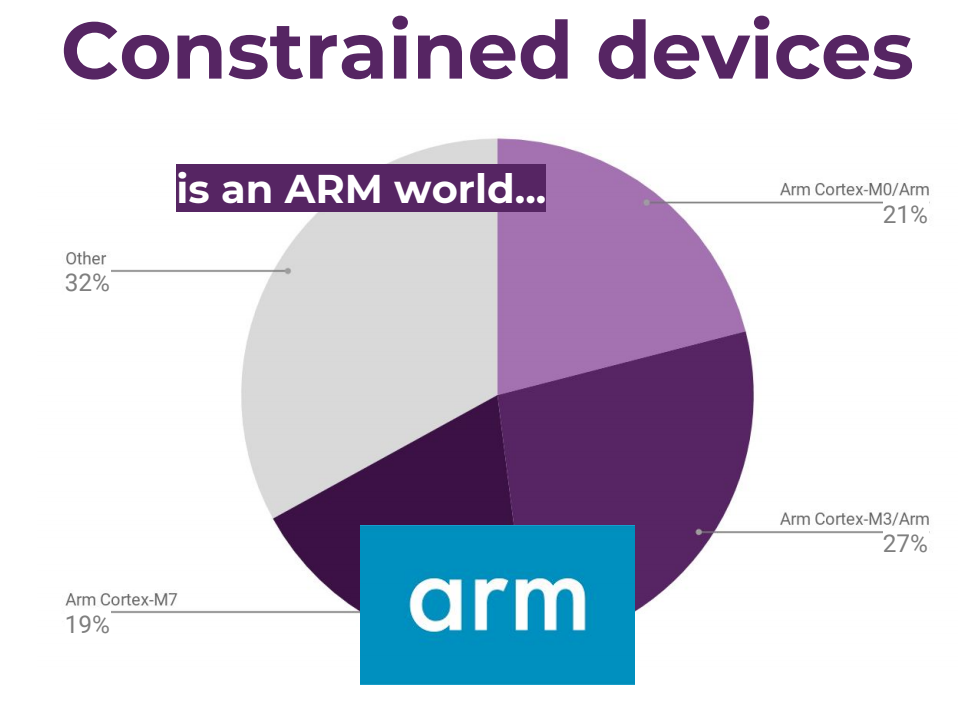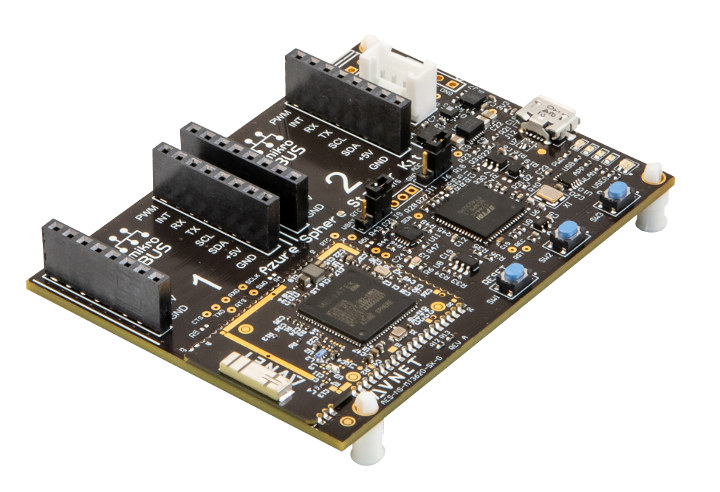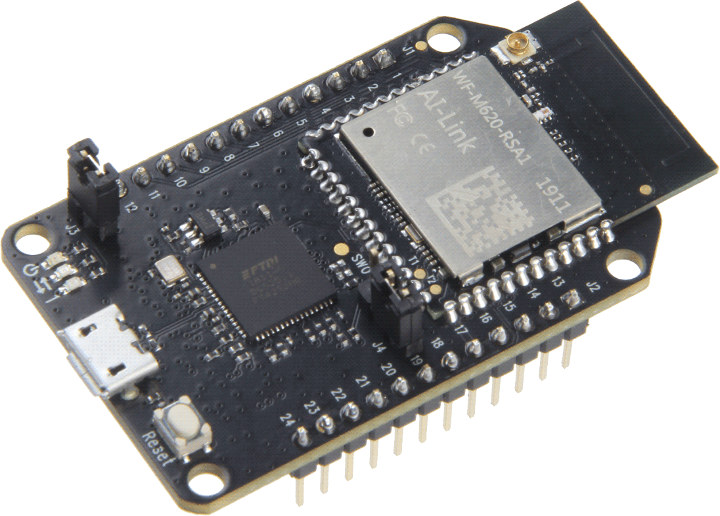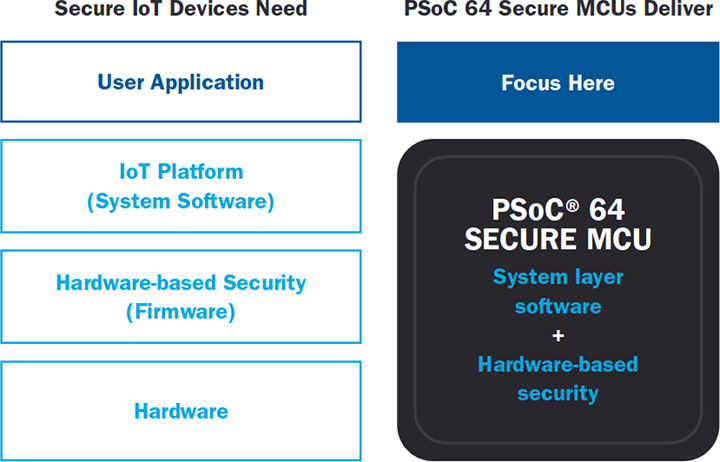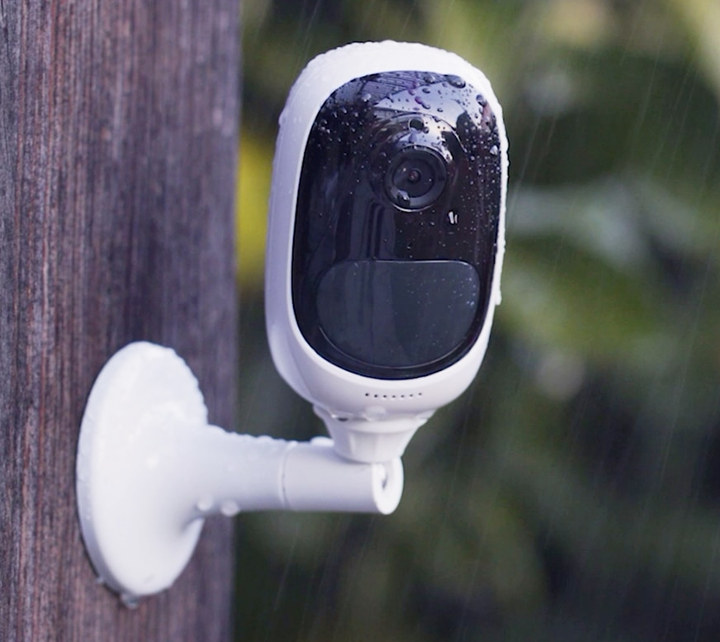Olimex works on open source hardware boards, while the FreedomBox Foundation has been developing FreedomBox, a free and open source private server system, since 2010 with the goal of empowering regular people to host their own internet services, like a VPN, a personal website, file sharing, encrypted messengers, a VoIP server, a metasearch engine, and more. When you mix open source hardware, open source software, and a bit of Internet freedom it gives birth to a product called “Pioneer Edition FreedomBox Home Server” based on Olimex A20-OLinuXino-LIME2 board and running FreedomBox software. Pioneer Edition FreedomBox Home Server specifications: SoC – Allwinner A20 dual-core ARM Cortex-A7 CPU @ 1.0 GHz with dual-core Mali 400 GPU System Memory – 1GB DDR3 Storage – microSD slot fitted with 32GB class 10 card loaded with FreedomBox, SATA data and power connectors, 2KB EEPROM for MAC address and custom data Connectivity – Gigabit Ethernet Video […]
Eclipse IoT Survey Report Reveals Arm & Linux Dominate, Security Concerns
The Eclipse IoT Working Group has just released a report asking the global IoT developer community to share their perceptions, requirements, and priorities. And with over 1,700 individuals taking the survey between February and March 2019, the key findings are interesting: IoT drives real-world, commercial outcomes today. 65% of respondents are currently working on IoT projects professionally or will be in the next 18 months. IoT developers mostly use C, C++, Java, JavaScript, and Python AWS, Azure, and GCP are the leading IoT cloud platforms Top three industry focus areas remain the same as last year: IoT Platforms, Home Automation, and Industrial Automation / IIoT. MQTT remains the dominant IoT communication protocol leveraged by developers The Eclipse Desktop IDE is the leading IDE for building IoT applications The last point may be slightly biased because the survey was done by the Eclipse IoT Working Group, so most respondents were already […]
Avnet Azure Sphere MT3620 Starter Kit Features Two mikroBUS Sockets
Microsoft and MediaTek worked together to design MediaTek MT3620 Arm Cortex-A7 processor with Microsoft Pluton security sub-system required for Microsoft Azure Sphere IoT ecosystem. We’ve already covered boards from Seeed Studio including the just announced low cost MT3620 mini dev board. But Microsoft also cooperated with Avnet which has recently introduced Azure Sphere MT3620 Starter Kit equipped with two mikroBUS sockets enabling the platform to leverage one of the 633 “click boards” available from MikroElektronika. Just like the latest Seeed Studio board, Avnet Azure Sphere MT3620 Starter Kit is comprised as a baseboard with a soldered-on CPU module that can later be used for mass-production is a custom designed board. Specifications: Azure Sphere MT3620 CPU Module Mediatek MT3620AN single core Arm Cortex-A7 processor @ 500 MHz with 4MB SRAM, dual core Arm Cortex-M4F real-time core @ 200 MHz with 64KB RAM, Microsoft Pluton security sub-system, and WiFi. Storage – TBD […]
MT3620 Mini Dev Board is a Cheaper Microsoft Azure Sphere Board
Announced nearly one year ago, Microsoft Azure Sphere is an ecosystem comprised of Azure MCUs with Microsoft Pluton Security System, Linux based Azure Sphere OS, and a secure cloud service called Azure Sphere Security Service. The first official Azure development board – MT3620 Development Board for Azure Sphere – was launched last year for $84.95. The kit may not have attracted a large number of developers, so there’s now a cheaper version – MT3620 Mini Dev board – going for $34.90 on Seeed Studio. Note that’s a pre-order and shipping is scheduled for May 13, 2019. MT3620 Mini dev board specifications: CPU Module – AI-Link WF-M620-RSA1 module with Mediatek MT3620AN single core Arm Cortex-A7 processor @ 500 MHz with 4MB SRAM, dual core Arm Cortex-M4F real-time core @ 200 MHz with 64KB RAM, Pluton security sub-system, and WiFi. Storage – 2x 8MB dual channel quad SPI (TBC) Connectivity – Dual band […]
GearBest Database Was Left Unsecured For 2 Weeks
GearBest is one of the most popular Chinese online stores, and we often feature products sold by the company on the website. However, VPNMentor research team headed by Noam Rotem, a hat hacker and activist, discovered a serious security breach in Gearbest, where their database was completely unsecured for a period of time. Specifically the research team was able to access the following databases in March 2019: Orders database with products purchased, shipping address and postcode, customer name, email address, phone number Payments and invoices database with order number, payment type, payment information, email address, name, IP address Members database with name, address, date of birth, phone number, (unencrypted) email address, IP address, national ID and passport information, (unencrypted) account password They discovered 1.5+ million records in total. They managed to login successfully to two accounts from the database breach for testing. Payment information included data related Boleta (used in […]
Cypress PSoC 64 Microcontrollers Target Secure IoT Applications
If you are like me, you probably don’t remember, but back in 2017 Arm announced the Platform Security Architecture (PSA) that defines a set of requirements to secure low cost Internet of Things devices. There’s now at least one PSA compliant microcontroller, as Cypress Semiconductor introduced their PSoC 64 Secure MCU at Embedded World 2019 last month. The press release claims that PSoC 64 MCU family is one of “the first Arm Cortex-M processors to be certified as Level 1 compliant within the Arm Platform Security Architecture (PSA) certification scheme, PSA Certified, utilizing a secure Trusted Firmware-M (TF-M) implementation integrated into the Arm Mbed OS open-source embedded operating system”. PSoC 64 secure MCU key features and specifications: Arm Cortex-M4F core with 22‑µA/MHz active power consumption Optional Arm Cortex-M0+ core with 15‑µA/MHz power consumption System Memory – 160KB to 1MB SRAM Storage – 512KB to 2MB flash Security HW Cryptography – […]
FOSSASIA 2019 Schedule – March 14-17
As its name implies, FOSSASIA is a Free and Open Source Software event taking place every year in Asia, more specifically in Singapore. I first discovered it last year, and published a virtual FOSSASIA 2018 schedule last year to give an idea about the subjects discussed at the event. It turns out FOSSASIA 2019 is coming really soon, as in tomorrow, so I’m a bit late, but I’ll still had a look at the schedule and made my own for the 4-day event. Thursday – March 14, 2019 10:05 – 10:25 – For Your Eyes Only: Betrusted & the Case for Trusted I/O by Bunnie Huang, CTO Chibitronics Security vulnerabilities are almost a fact of life. This is why system vendors are increasingly relying on physically separate chips to handle sensitive data. Unfortunately, private keys are not the same as your private matters. Exploits on your local device still have […]
$100 Reolink Argus 2 is a Wire-Free IP Camera with Optional Solar Panel
This morning I had a look at battery-powered IP cameras since they avoid the hassle of wiring power and/or Ethernet around the house. I could remember I covered Immedia Blink IP camera with up to 2-year battery life back in 2014, and the company did very well since it got acquired by Amazon, and Blink IP security camera is now sold on Amazon US for $99.99 and up. It’s probably one of the best, if not the best options, for low-cost battery-powered cameras but the problem is that they only ship to a limited number of countries. Last year, there was a new entrant with Eufy Evercam outdoor IP camera with up to one year of battery life, but again it’s not easy to purchase from overseas, and the price starts at $279.99 for a single camera system. I also covered a solar and battery powered IP camera made by […]


